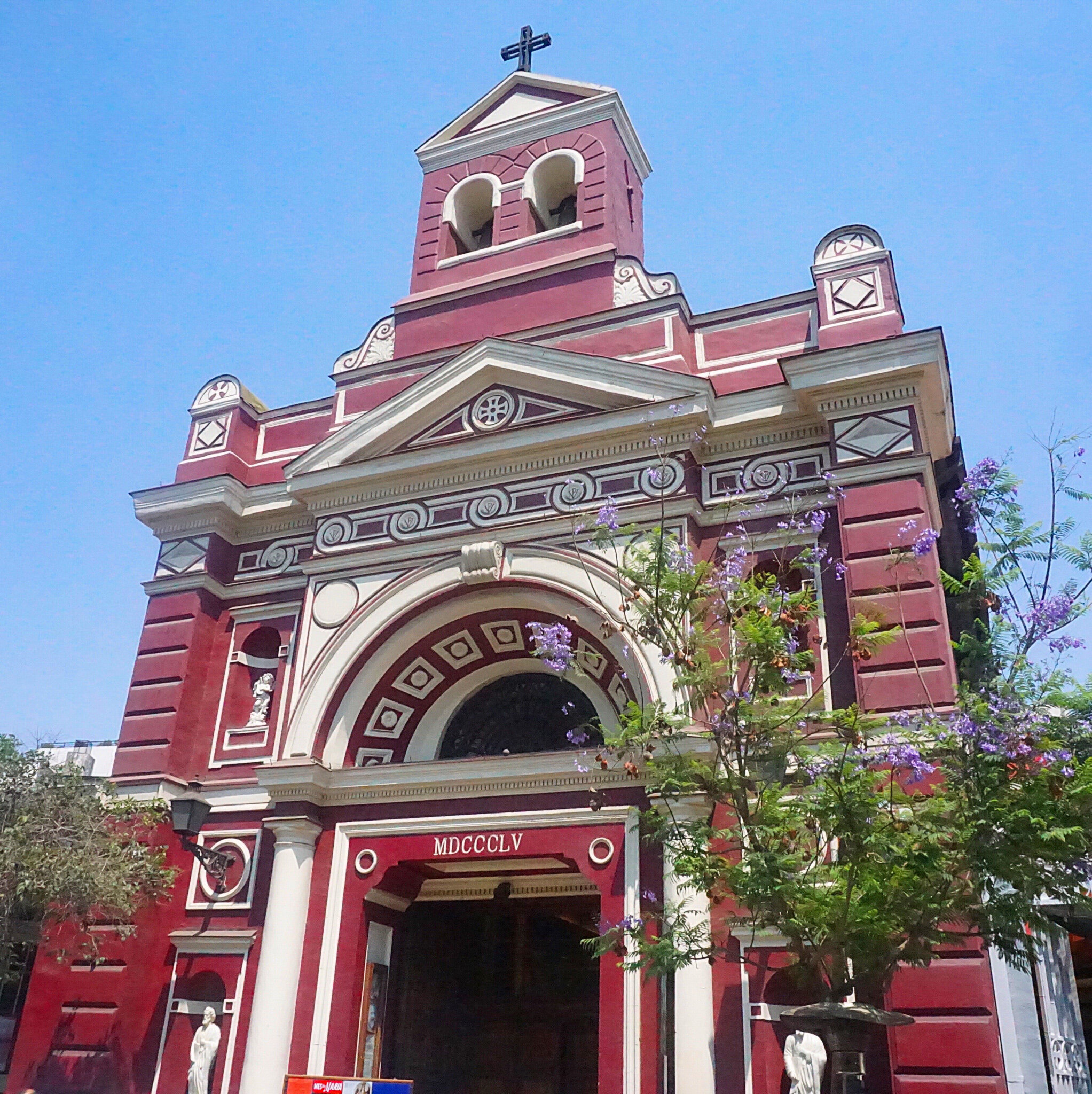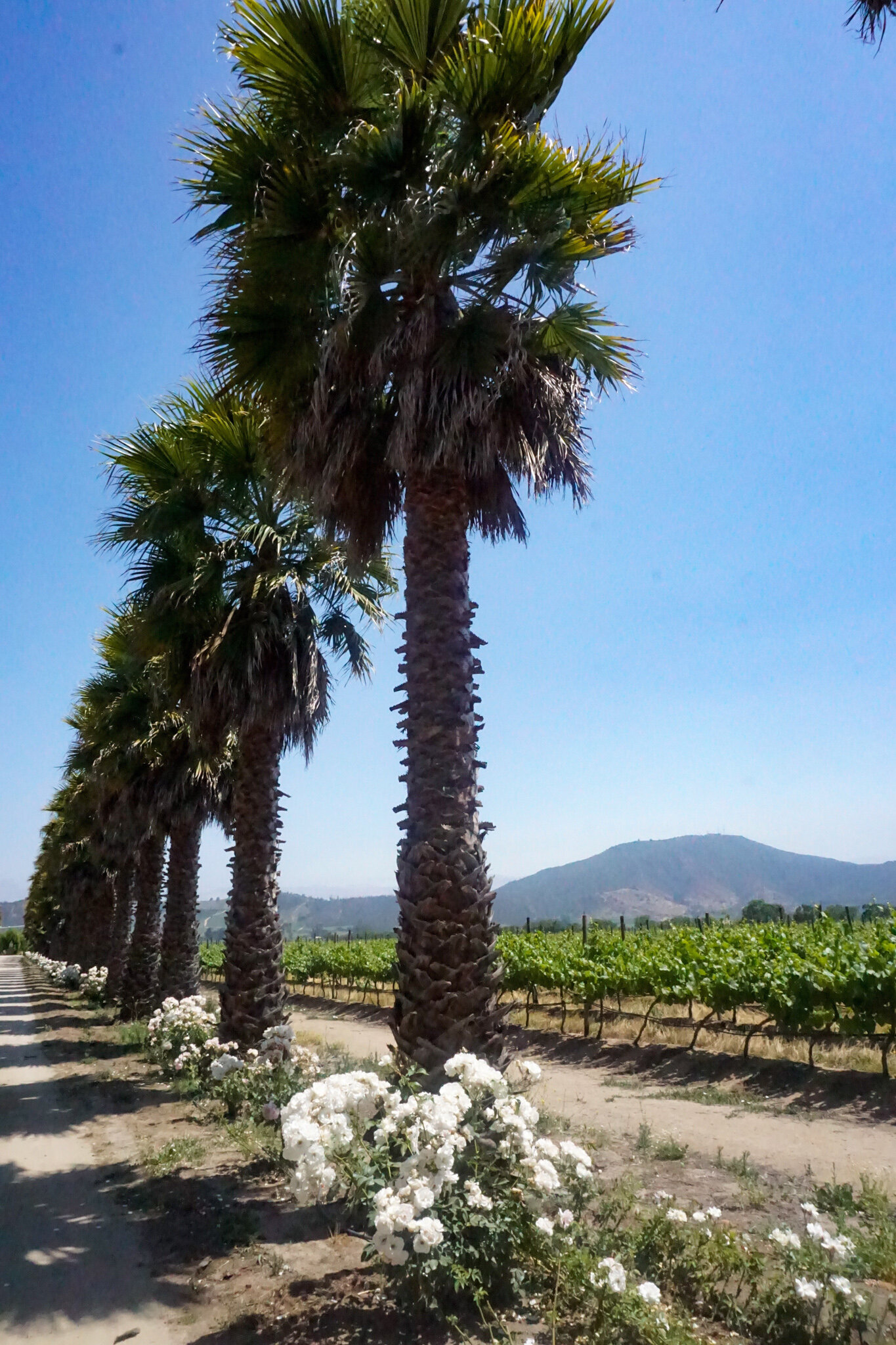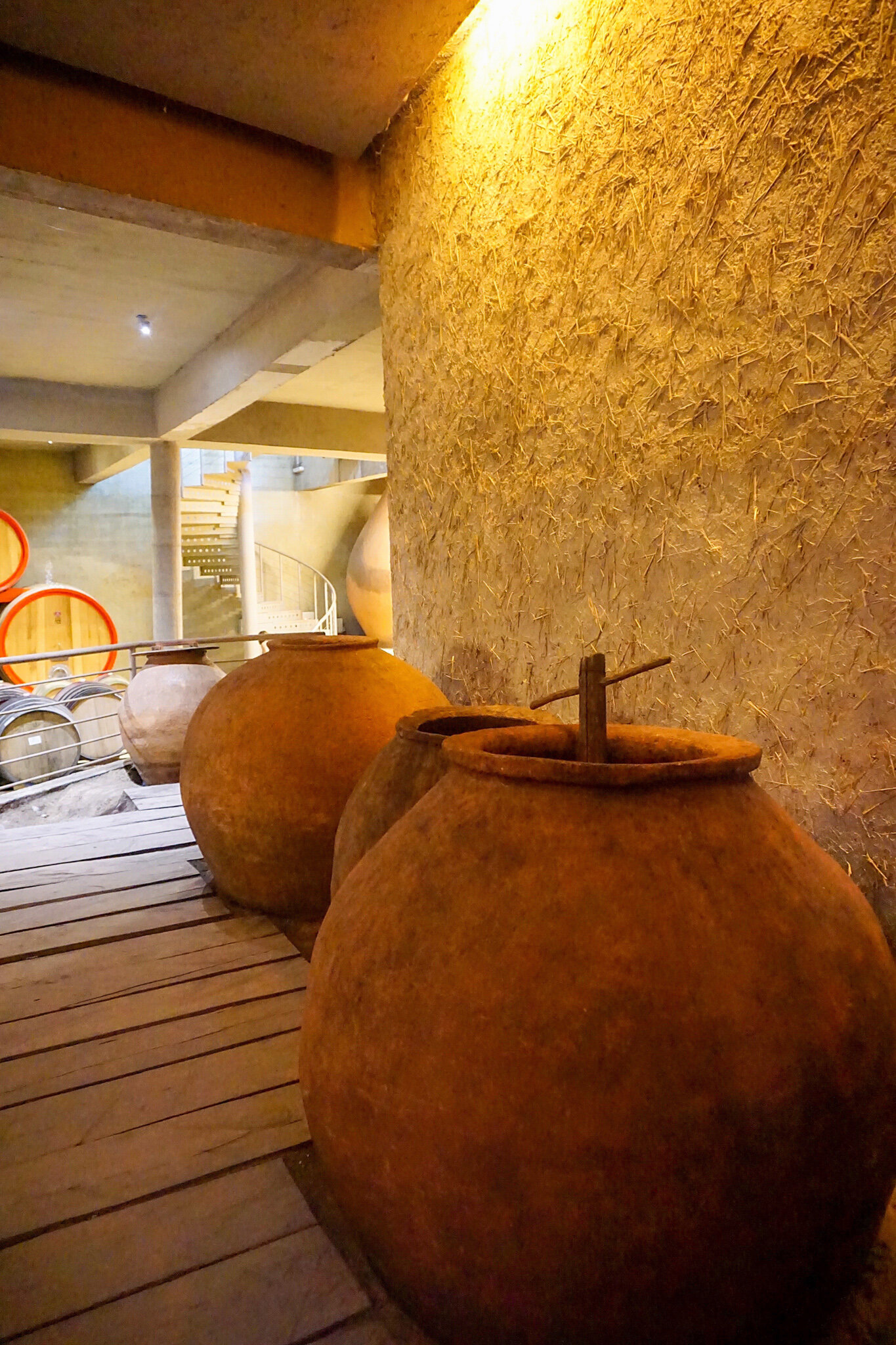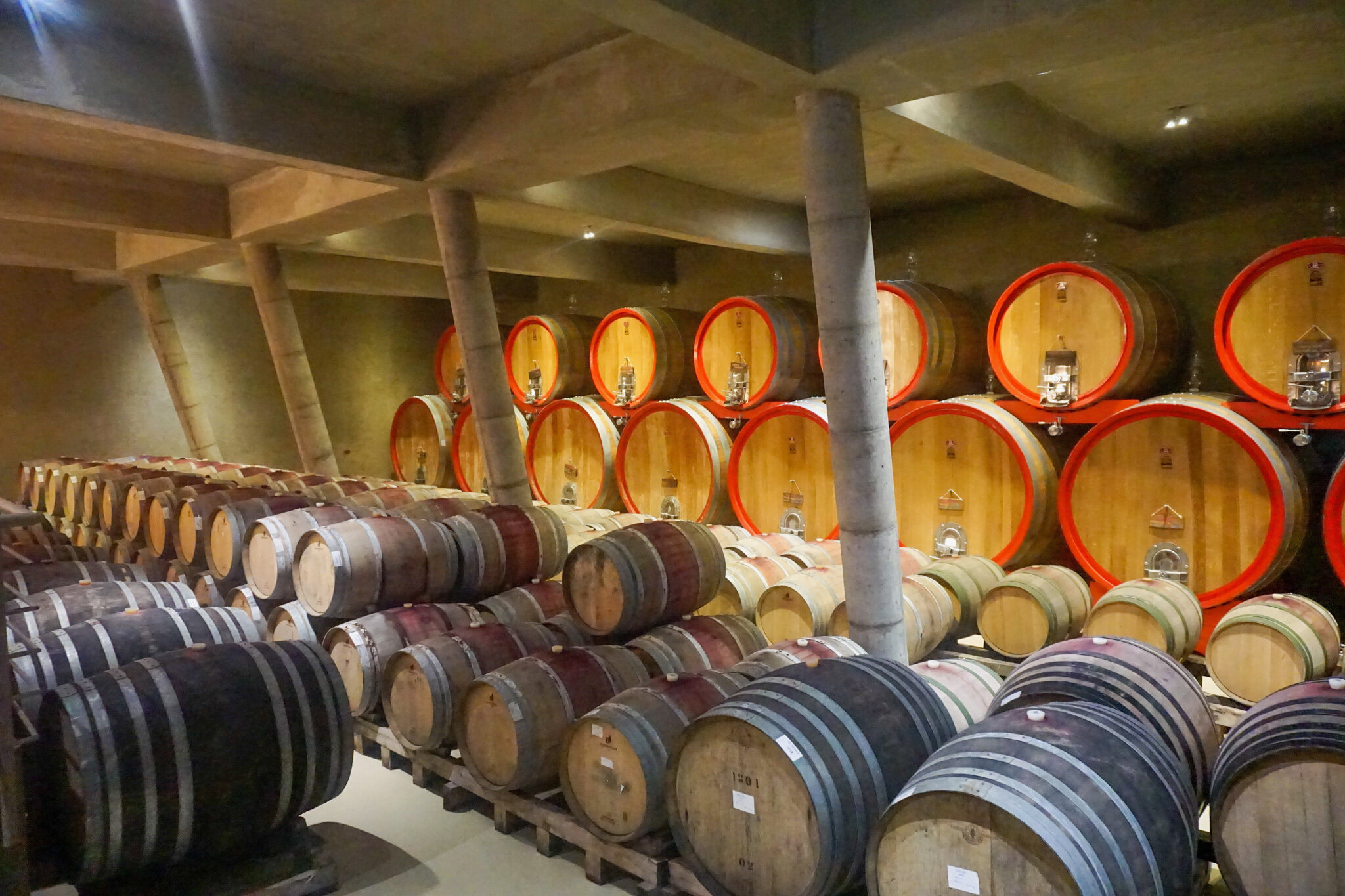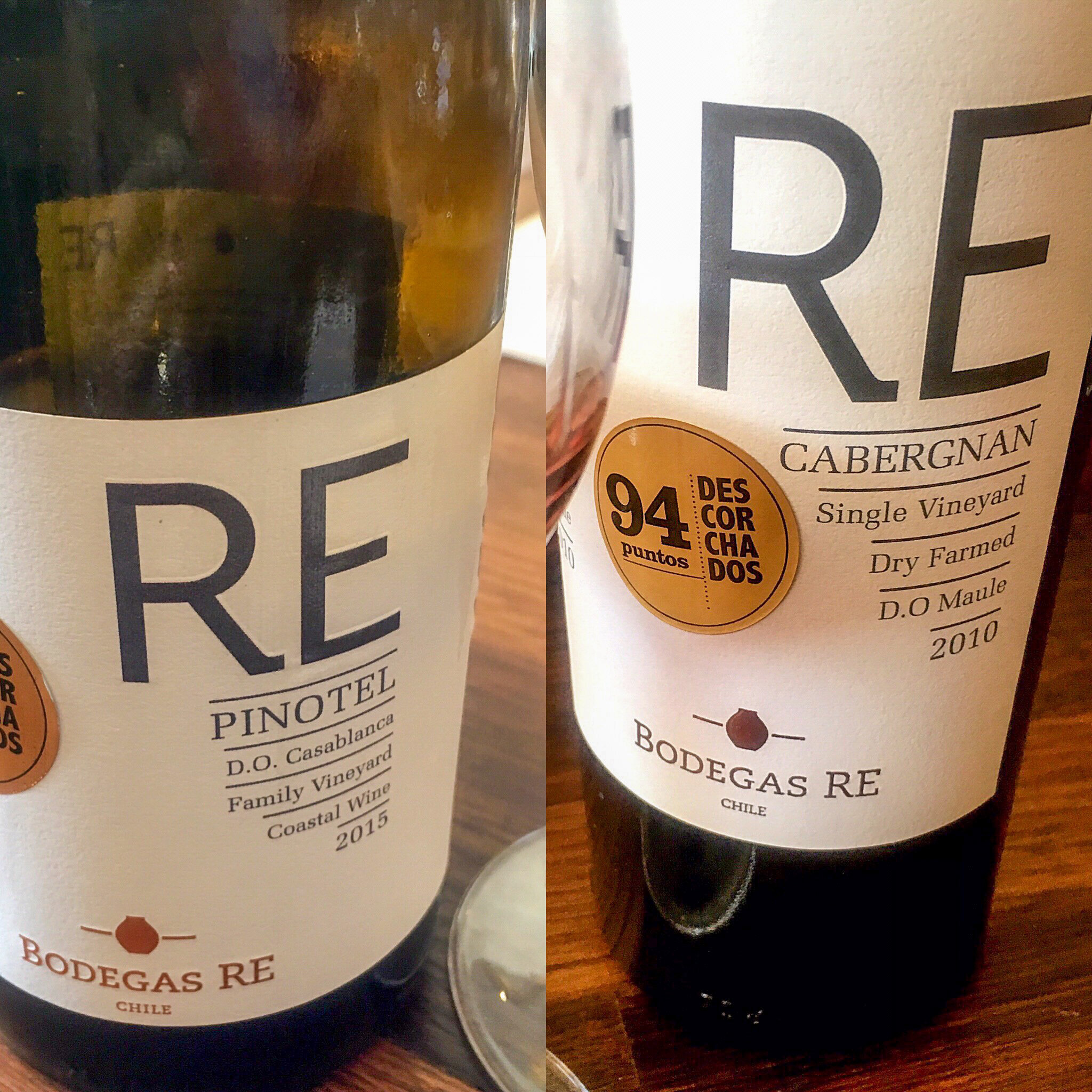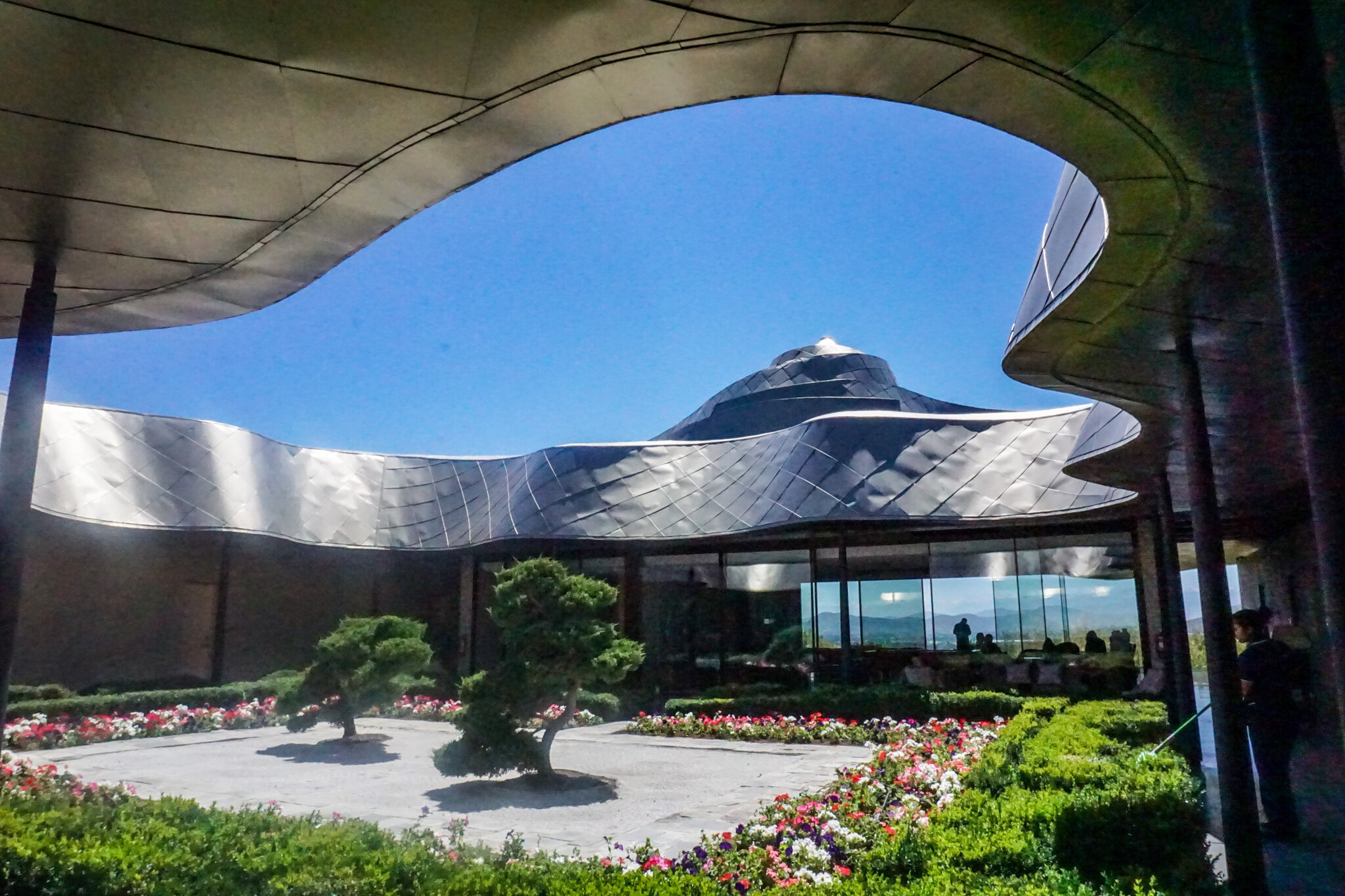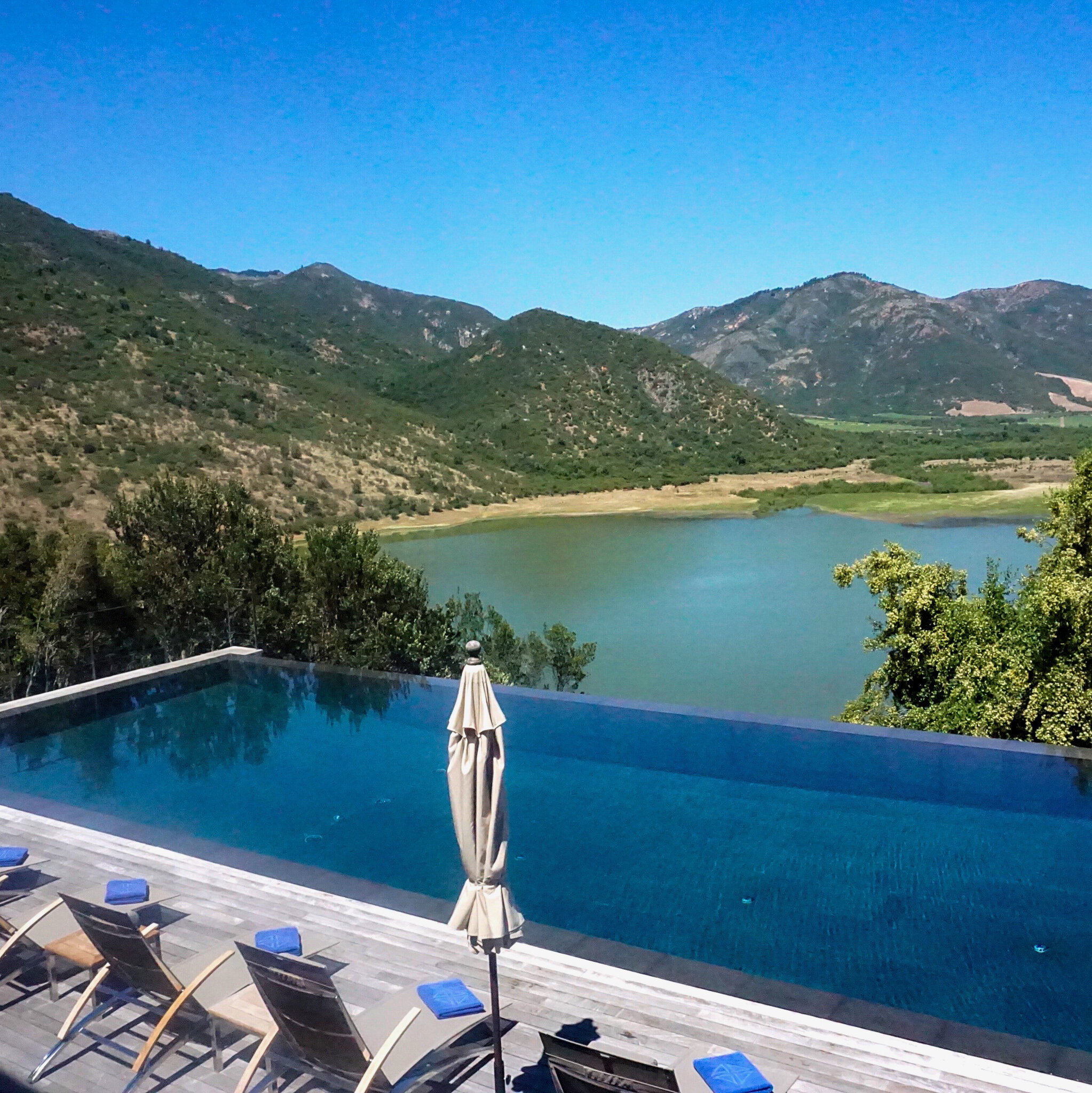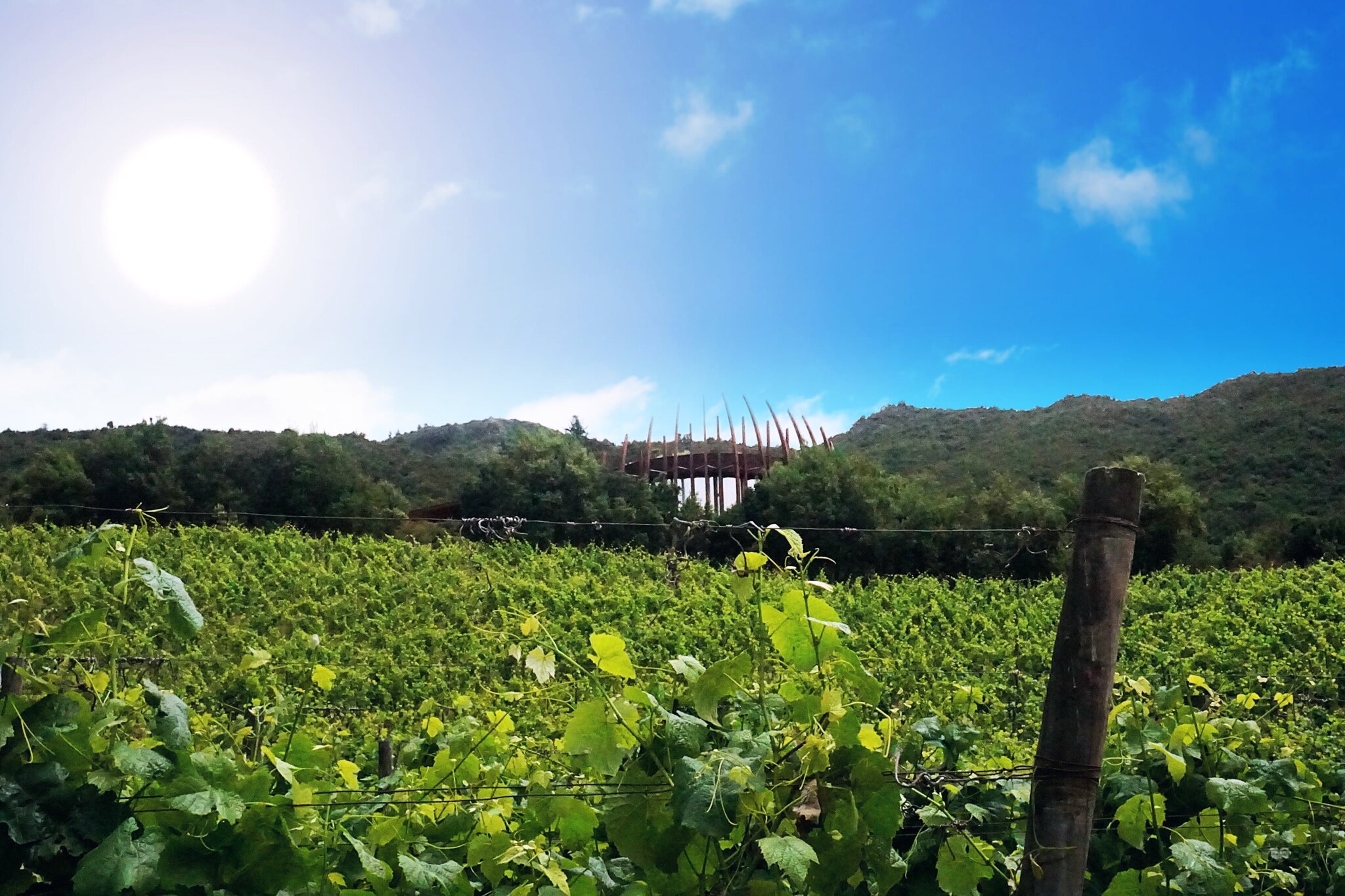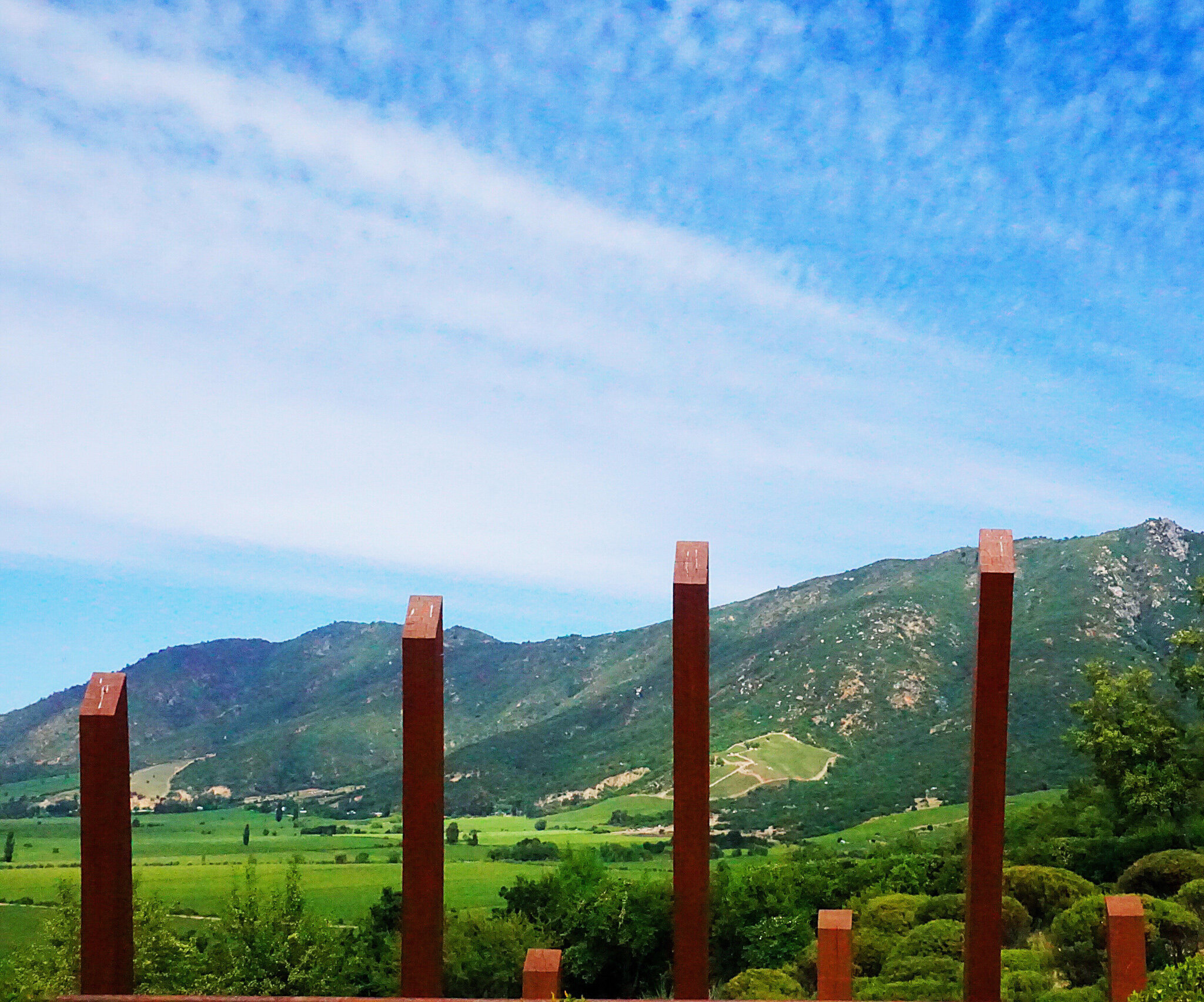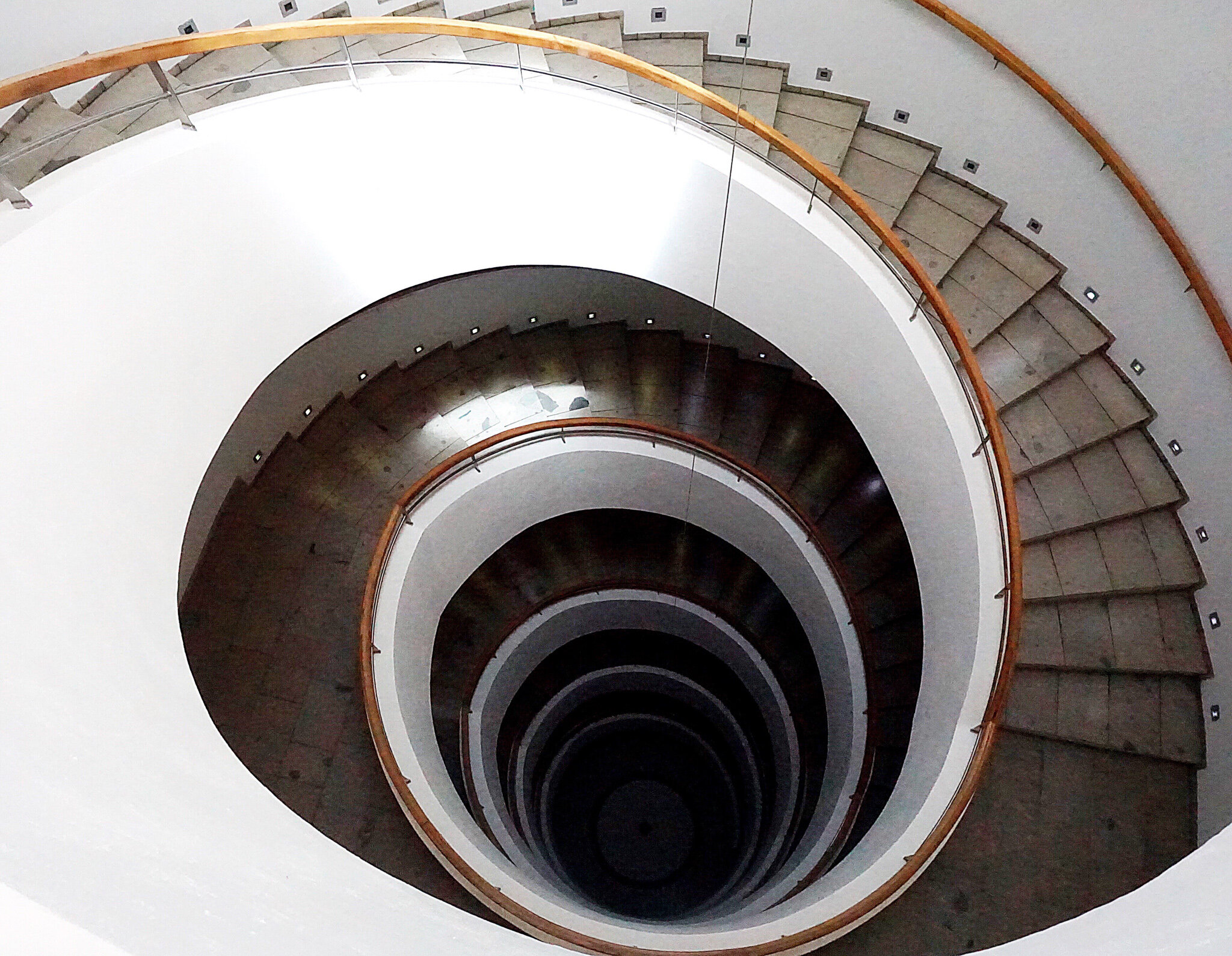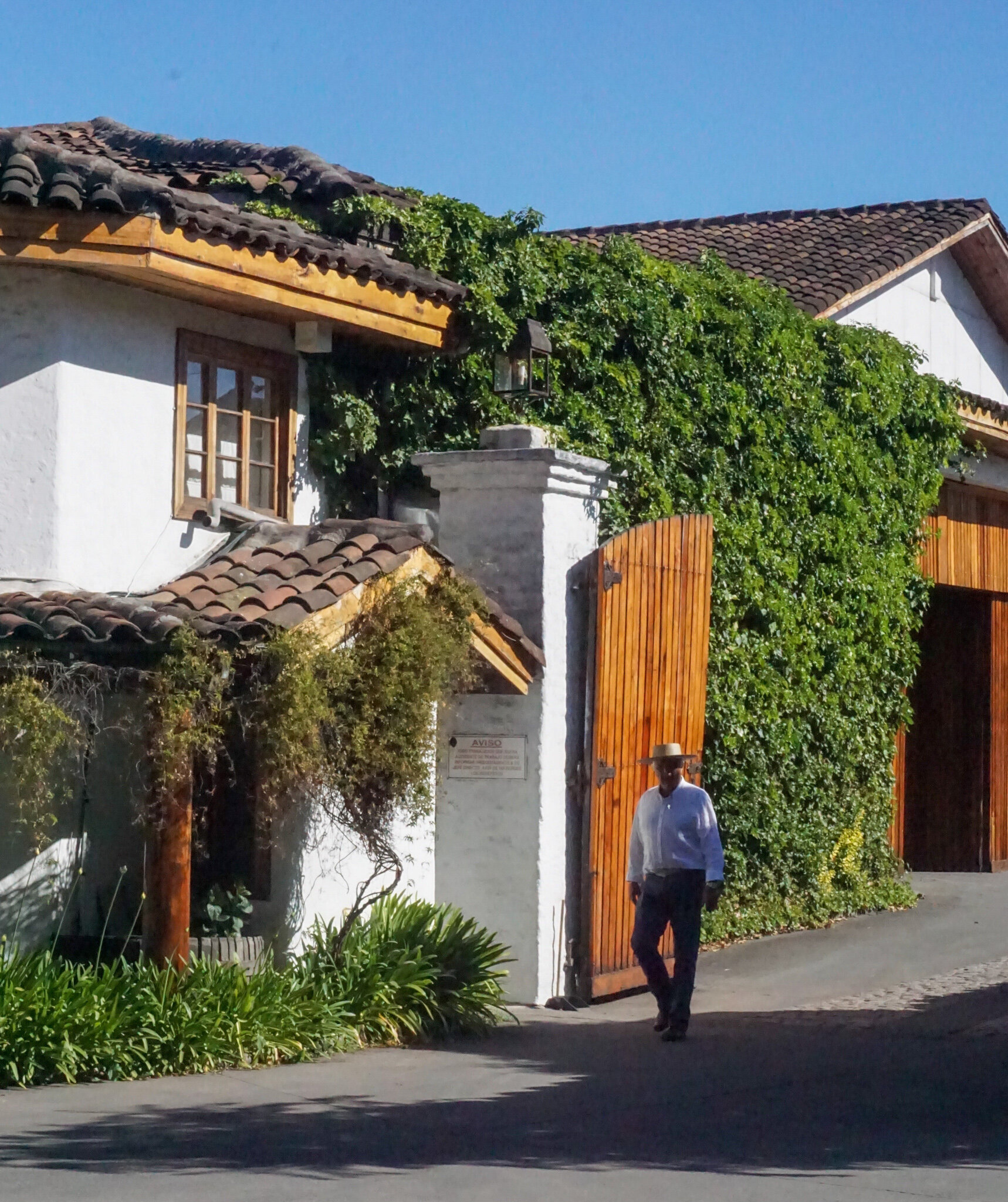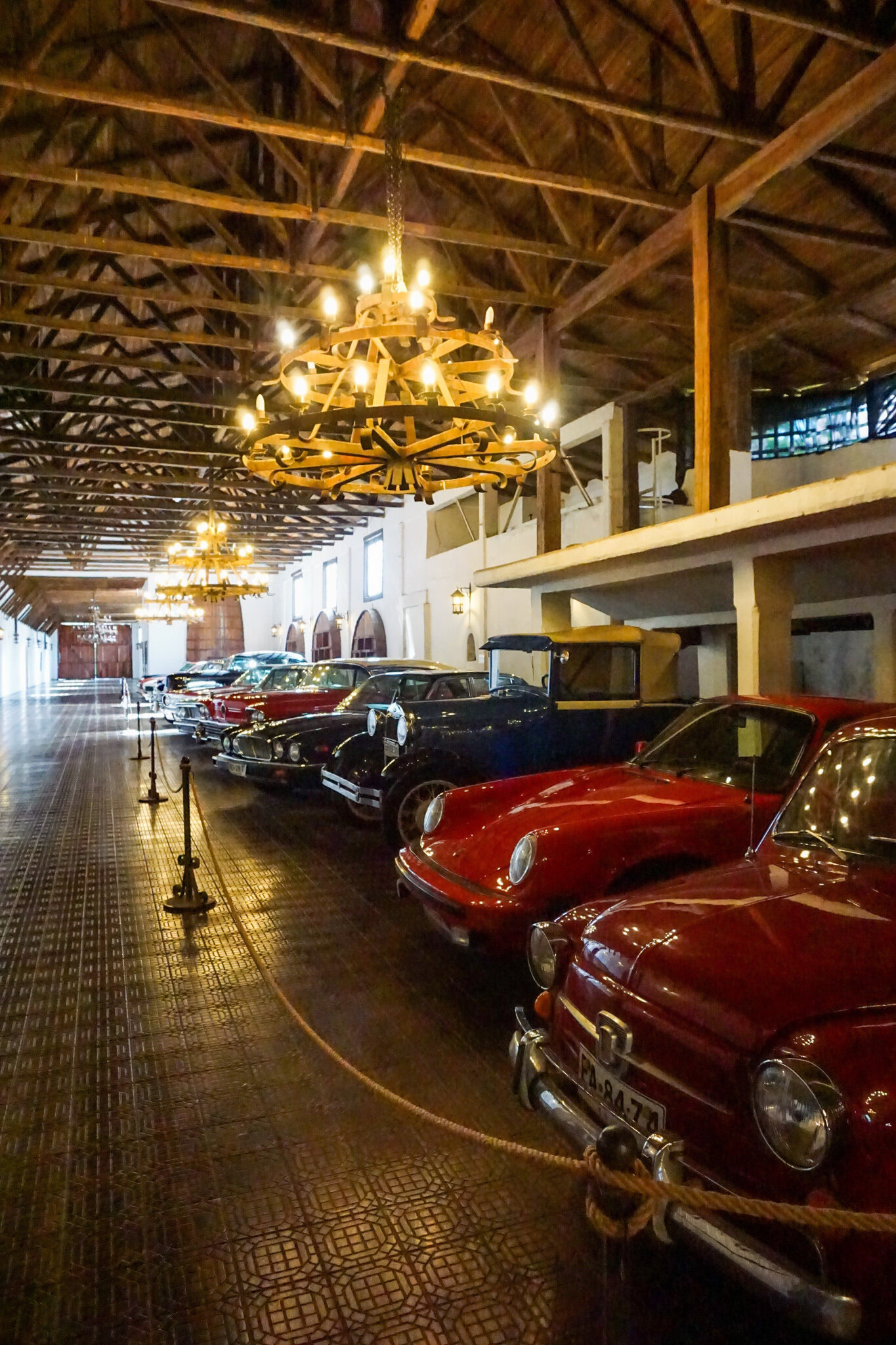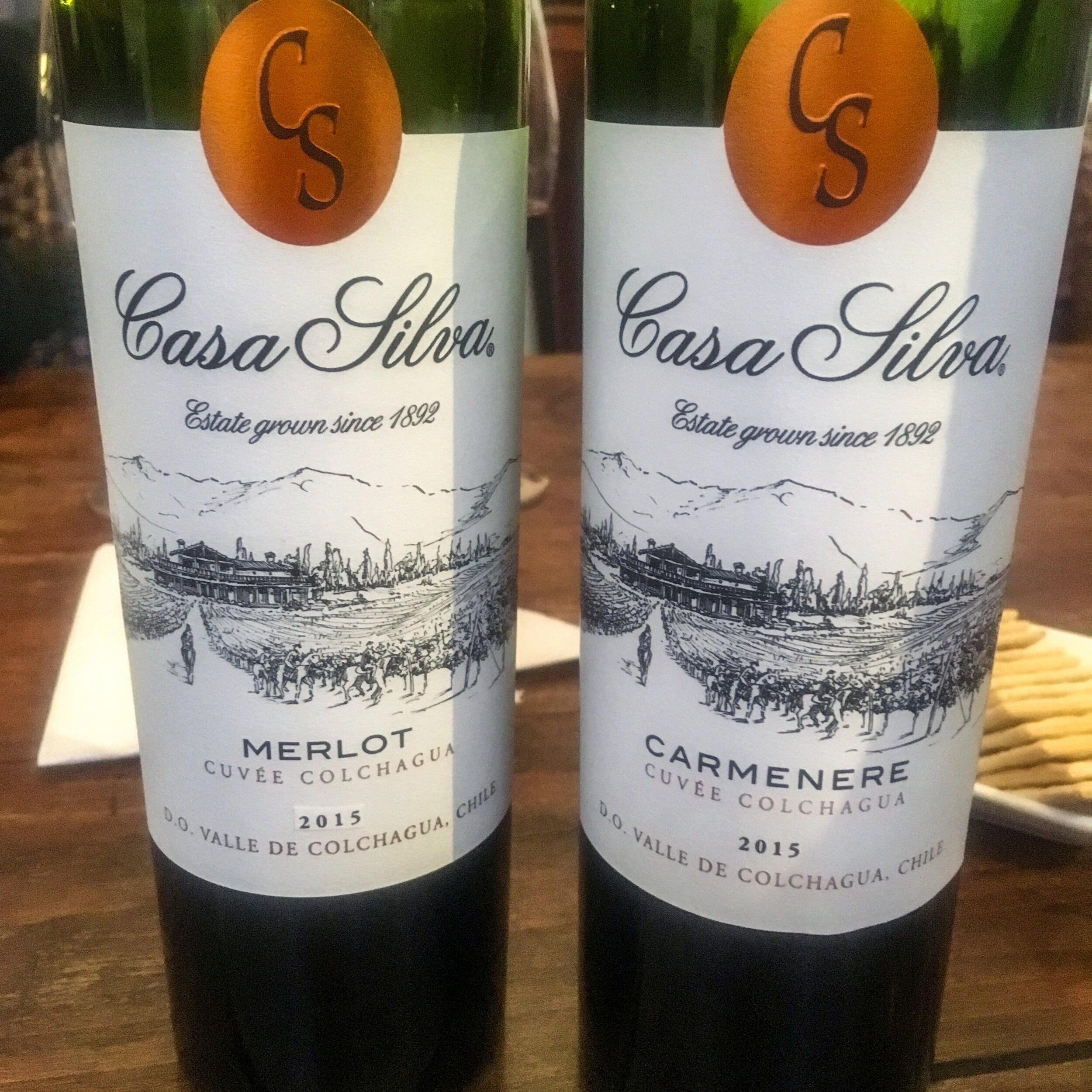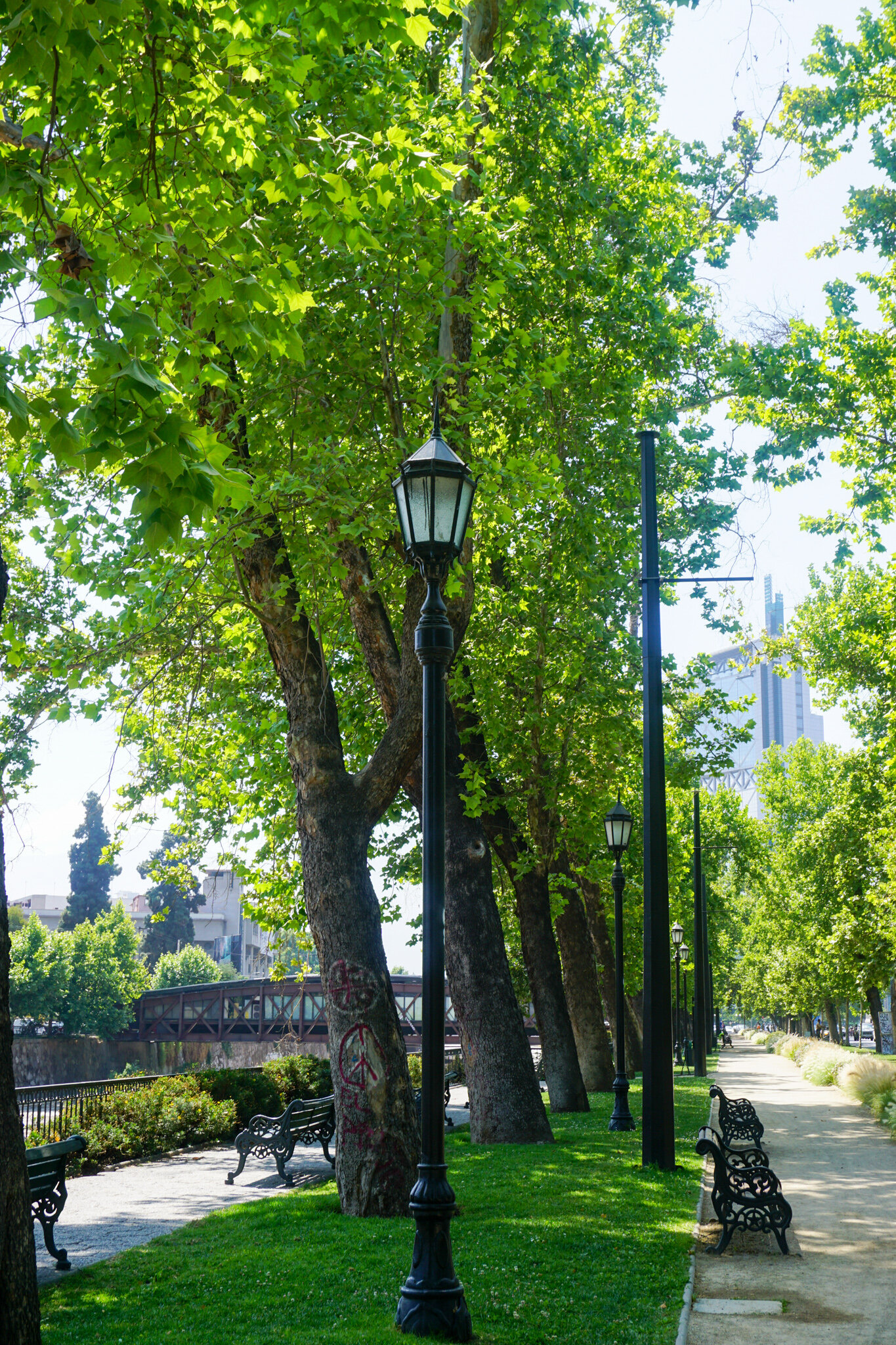Chile: Wine Travel
There are few places where you can be on the beach and in the mountains on the same day. You will find an incredible variety of terrain between the Pacific Coast and the Andes Mountains in Chile. Whether you are interested in historical sights and colonial architecture or prefer stunning natural beauty, Chile has something for you.
Chile is remarkably easy to explore. We flew into Santiago in the morning and drove the two and a half hours to stay in the Colchagua Valley. The driving made us stay awake, and the laid-back vibes of wine country were a comfortable way to get over the jet lag. Staying in wine country generally lends itself to a more relaxing trip and is ideal for those seeking a slice of heavenly tranquility to return to each night.
Once we explored this wine country, we headed back to Santiago, which we used as a home base to day-trip to two additional regions. I think you will be pleasantly surprised with all Santiago offers; as Chile's largest city, Santiago is a destination in its own right.
The Regions and Grapes:
Without a doubt, one of Chile's biggest strengths is its diverse winemaking landscape. It seems you can find a terroir to fit a variety of grapes. Each of the valleys in central Chile’s grape-growing areas receives a magical combination of soil, sunlight, and cool moderating coastal breezes, which lead to world-class grapes and wine.
The Casablanca Valley, northwest of Santiago, is close to the coast, and the cool-climate region produces some of Chile's best white wines, like Sauvignon Blanc's that are zesty and mineral to crisp Chardonnay's, along with some lovely Pinot Noir.
Just south of Santiago, the city gives way to the rolling hills of the Maipo region. This area is where the vineyards are rooted in gravels and rocks washed down from the towering Andes. A moderate Mediterranean-like climate. The Maipo is named for the river that flows from the Andes to the Pacific Ocean, and these waters irrigate the fertile vineyards. It's here you'll find some of Chile's best Cabernet Sauvignon.
Still further south, the Colchagua Valley is nestled between two mountain ranges providing a lovely setting and the ideal climate for wine production. Red blends are in the driver's seat combining Chile's signature Carmenère and joining it with Cabernet. You'll also discover some of the best Bordeaux-like blends outside of France.
Chile is known for the Carménère grape variety, but you will find so much more beyond this traditional varietal. The wine quality is sky high, and yet a bottle is a fraction of the cost elsewhere in the world. Lucky for us, most wineries in Chile export 90% of their wines as the nation has yet to acquire an authentic wine culture.
Although Chile has numerous value-priced wines, the wine industry is trying to define itself beyond this and distinguish its high-end bottlings. It makes for a perfect time to discover those gems before everyone else.
To Visit:
The beauty of Chilean wine country is how quickly you can move from the urban capital to the gorgeous views of rolling hills covered with vines.
Casablanca Valley
This area is a short drive from Santiago, once you get out of the traffic, and can be combined with a stop in Valparaiso on the coast. The coast provides the region with cooling marine layers to allow for Chile’s best whites.
A family-owned winery Casas Del Bosque has an impressive 500 acres of vineyards. You can be book a group tour and afterward enjoy a nice lunch outdoors with views of their gorgeous gardens. It’s where we enjoyed wonderful Sauvignon Blanc, and look for their Pinot Noir Gran Reserva (what a value).
Our favorite visit was Bodegas Re, a boutique winery using clay vessels to ferment their wines and experiment with unique blends. If you're thinking Rosé, try their Pinotel (90% Pinot Noir, 10% Muscatel); refreshing and not too sweet. For a different red, try their Cabergnan (90% Cabernet, 10% Carignan).
Maipo
This area boasts many modern cellars with the topmost winemaking technology (Concha y Toro) and many boutique wineries where young winemakers are trying to make their mark.
A visit to the Viña Santa Rita winery will allow you to experience the geographic diversity in terroirs from their wide range of vineyards planted around Chile. It's a short thirty minutes from Santiago, and you could even take public transportation or the hop-on-hop-off bus here.
You'll need a car to get you to the Milahue Valley or place of gold; a visit to VIK is a unique experience where the setting is absolutely stunning. An incredible project, every detail thought out from the vineyard plantings considering the various soils and microclimates to the winery's sleek yet functional architectural design. They began planting in 2006, and their first vintage was in 2010, making only red blends. You can stay at the resort or enjoy a fabulous lunch in their restaurant.
Colchagua Valley
You will learn the area's history and be amazed by the winery architecture while being immersed in the most beautiful surroundings.
A must-visit winery is Lapostolle delivering a stunning setting with views of the valley and the Andes. The winery architecture is brilliant; the design fits into the hillside, and what appears as a modern marvel is functional wine production. Their Clos Apalta estate blend is exceptional, and tasting this in their incomparable wine room is a treat.
Vina Montes is another beautiful place nestled at the bottom of the mountains. The building here is something else, with Feng Shui's concept running throughout the interior and exterior. They don't want the experience at Montes to be just about the wine but about the whole sensory feeling. They first started producing wine in 1988; a little over a decade later, they were named winemakers of the year and continue to have outstanding vintages.
For a traditional, family-run, winery you should experience Casa Silva. The winery is housed in an old hacienda with distressed dark ceiling beams and chandeliers, and you'll even find an antique car collection on display. The grounds are beautiful and come with a polo field. Should you want to stay in the area, they offer bed and breakfast and have a restaurant for dining. The hospitality cannot be beaten while enjoying their full spectrum of wines. We were pleasantly surprised with their white wines, and their Carménère was one of our favorites.
Along the Road:
Santiago is a city of contrasts, from windowed skyscrapers to traditional colonial houses to big Christian churches dating back five centuries. A modern city designed with a large number of beautiful parks filled with artwork and sculptures.
The Bellavista area has a lively atmosphere with plenty of bars, restaurants, and nightlife that spills out into the streets. One of our favorite neighborhoods is Lastarria, where restaurants, museums, and urban parks are all at your fingertips. There are dozens of restaurants on hip José Victorino Lastarria Street, and Bocanáriz is a well-established wine bar that serves hundreds of Chilean wines. Try a tasting sampler to get you started in your Chilean wine exploration and learn how to tell a Carignan from a Carménère.
If you have the time, you should explore the coastal city of Valparaiso. It's developed around a harbor, a lovely curving bay with steep hills around the shore, it's on these hills where you will find some fantastic views. The UNESCO-recognized city is home to some beautiful colonial architecture, and you'll also see some of the most incredible street art. Street art is used as a form of expression, both politically and socially, and it has come to define the city; it's on every single wall, doodled on every door, and even scrawled on every bus.
We combined Chile with Argentina and it made for a packed two-week itinerary, but one I would definitely do again. South America is a great destination and the perfect option during our northern hemisphere winter months.



